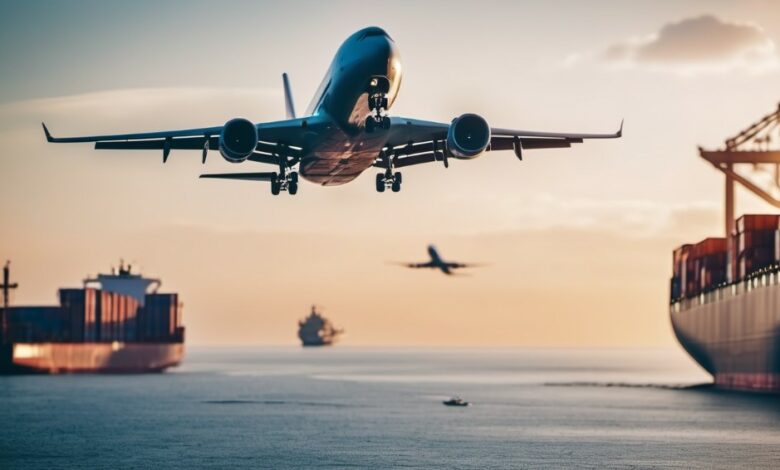Shipping must look to the skies for solutions

Julian Panter, CEO of SmartSea, on how aviation technology will disrupt the maritime sector.
For far too long, the maritime industry has dragged its feet, falling behind in the race for technological advancement. While other sectors surge ahead, maritime remains anchored in outdated practices. But change is on the horizon, and it’s coming from aviation technology powerhouse SITA. With 75 years of expertise, SITA is poised to revolutionise maritime operations, but is this transformation too good to be true?
At SmartSea, we’re busy leveraging SITA’s cutting-edge aviation solutions to catapult maritime forward by decades.
The potential is immense. Enhanced navigation and traffic management, safer and more efficient routing, and improved situational awareness in congested waters are not distant dreams but tangible realities, thanks to aviation’s advancements. Real-time data sharing and communication could revolutionise interactions between ships and ports, boosting operational coordination, emergency response, and overall safety.
Imagine ships, ports, and control centres communicating seamlessly, ensuring everyone has access to real-time data. This would transform decision-making and operational efficiency. Predictive maintenance, a staple in aviation, could drastically reduce downtime and extend the lifespan of maritime equipment. The potential cost savings from avoiding unexpected repairs and delays are enormous. Yet, the maritime sector must overcome its notorious inertia to adopt these technologies.
Cybersecurity is another battlefield. Aviation’s advanced protocols can be adapted to protect maritime digital infrastructure from ever-evolving cyber threats. As digitalisation increases, safeguarding critical systems becomes paramount.
Then there’s the passenger experience. Cruise and ferry operations could see a seismic shift, adopting aviation’s seamless journey technologies. Unified booking and check-in systems, automated luggage transfer – these are not mere conveniences but game-changers.
These advancements aren’t just speculative; they are within reach. However, the fragmented nature of maritime solutions poses a significant hurdle. Unlike aviation, where standardised data formats and protocols have driven progress, maritime remains disjointed. Overcoming this fragmentation is crucial.
SITA’s success in aviation offers a blueprint. For decades, it has championed standardisation, enabling transparency, quicker communication, and a cohesive value chain. Maritime must adopt this mindset, promoting standardised data exchange between ships and ports.
SmartSea is spearheading the integration of legacy systems with modern digital platforms, enabling incremental modernisation without the need for complete overhauls. Drawing from SITA’s extensive experience with phased upgrades in aviation, SmartSea aims to replicate this success in maritime.
Collaboration is key to this transformation. SmartSea is prepared to work with influential bodies such as the International Maritime Organization (IMO) and the International Association of Ports and Harbors (IAPH). By uniting technology companies and key maritime stakeholders, a collaborative committee could drive this much-needed change.
The pressing question is whether the maritime industry will seize this moment to leap forward or remain anchored in the past. Aviation’s success stories demonstrate what’s possible.
